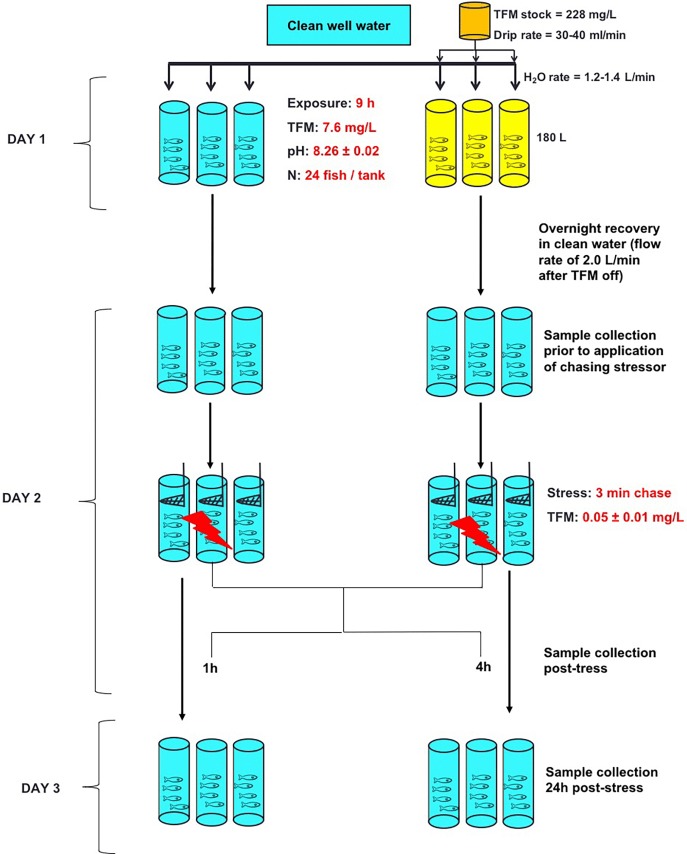Fig 1. Experimental protocol—Effects of in vivo TFM exposure on the HPI axis and liver metabolic capacity.
After an overnight acclimation to their tanks, fish (n = 3 tanks, n = 24 per tank) were exposed to the 9 h MLC of larval sea lamprey (nominal 7.6 mg L-1 TFM; Day 1) in continuously flowing Wilfrid Laurier University well water. Simultaneous controls (3 tanks, n = 24 fish per tank) were held under identical conditions, but not subjected to TFM exposure. At 9 h, the TFM drip was stopped and fish were allowed to recover overnight in tanks receiving continuously flowing well water (2.0 L min-1). On Day 2, tissues were collected from sub-samples of fish from each of the three control tanks and the three exposure tanks (n = 6 from each tank, time 0 h or pre-stress group). The remaining fish in all tanks were subjected to the application of a stressor (chasing and netting for 3 min [26]). The fish subjected to the stressor (n = 6 per time point per tank) were then sampled at 1 h and 4 h post-stress, with the remaining fish (n = 6) sampled at 24 h post-stress.

